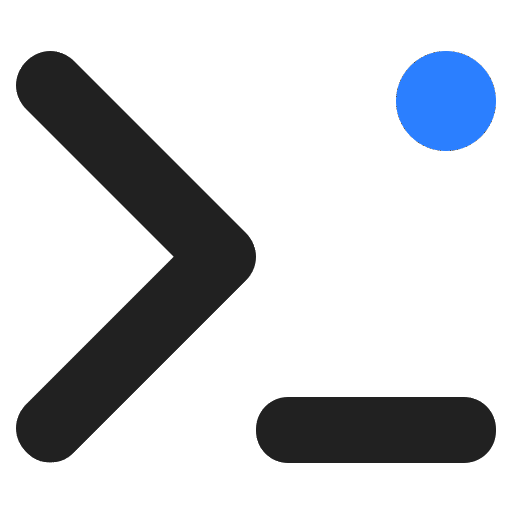Step 1. Create a Custom Post Type for FAQs
Install and activate Custom Post Type UI.
- Go to CPT UI → Add/Edit Post Types.
- Create a new post type, for example:
- Post Type Slug: faq
- Plural Label: FAQs
- Singular Label: FAQ
This gives you a dedicated section in the WordPress admin to manage FAQs.
Step 2. Add FAQ Fields with Secure Custom Fields
Next, install Secure Custom Fields (SCF).
- Create a new Field Group, assign it to the FAQ post type.
- Add a Repeater field called faqs with two subfields:
- Title (text)
- Description (textarea or WYSIWYG)
Now, when you add or edit an FAQ post, you can input multiple Q&As in a structured way.
Step 3. Build the Output with WP Coder Pro
Now let’s make the FAQs display with proper styles.
- Create a new WP Coder Pro snippet.
- Add Custom Attribute
post_idso you can pass a post ID dynamically through shortcode. - Paste styles and markup:
- Copy CSS styles from this CodePen and place them in the CSS tab.
- Insert this PHP/HTML in the HTML tab:
<?php $faqs = get_field('faqs', $post_id); foreach ($faqs as $faq) : ?> <details class="details" name="group"> <summary class="summary"><?php echo esc_html($faq['title']); ?></summary> <div class="content"> <p><?php echo esc_html($faq['description']); ?></p> </div> </details> <?php endforeach; ?>
- In WP Coder Pro settings, enable the option Allow PHP in HTML.
- Save the snippet.
Step 4. Insert the FAQs Anywhere
You can now place your FAQ block on any page or post in two ways:
- Shortcode method:
[wp_code id="2" post_id="504" /]
Here, id=”2″ is the snippet ID, and post_id=”504″ is the FAQ post you want to display. - Gutenberg block method:
Add the WP Coder Snippet block, select your snippet, and pass the post ID as an attribute.
On the front end, you’ll see a fully styled accordion-like FAQ with <details> and <summary> elements.
Beyond FAQs: What Else Can You Build?
This method isn’t limited to FAQs. Using the same approach, you can create:
- Pricing Tables — add fields for plan name, price, features, and output them in a styled grid.
- Comparison Tables — compare products/services with dynamic rows and columns.
- Team Member Blocks — fields for photo, name, position, bio.
- Testimonials — fields for client name, feedback, and rating.
- Feature Lists — structured checklists or benefits sections.
- Event Timelines — date, title, and description in a vertical timeline layout.
Basically, any structured content can be stored in a CPT + SCF and rendered through WP Coder with your own HTML/CSS/JS.
Wrap Up
With Custom Post Type UI, Secure Custom Fields, and WP Coder Pro, you have a no-code framework to:
- Store content in the admin like regular posts.
- Style it with your own HTML/CSS.
- Drop it anywhere via shortcode or block.
This workflow makes WordPress more flexible and lets you create reusable, custom-designed blocks without touching theme files.

